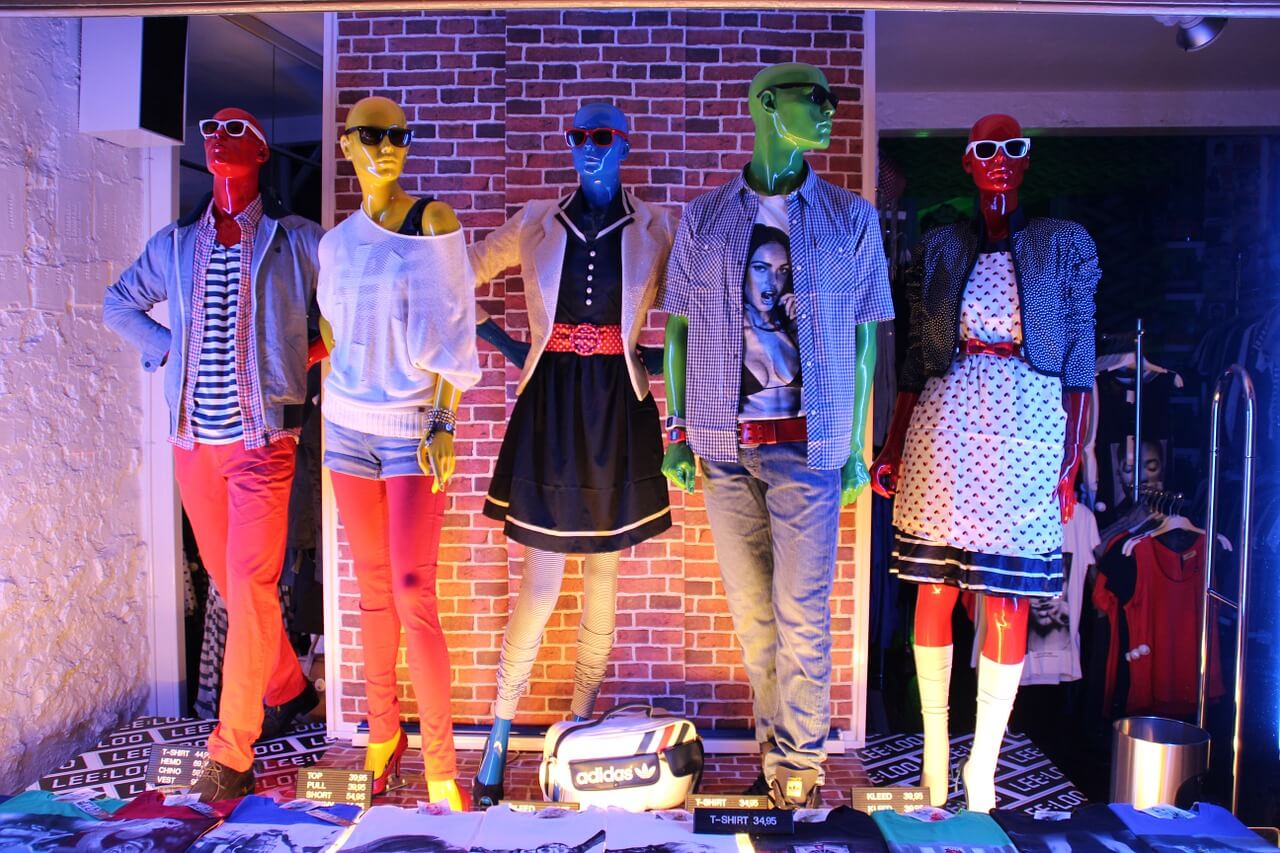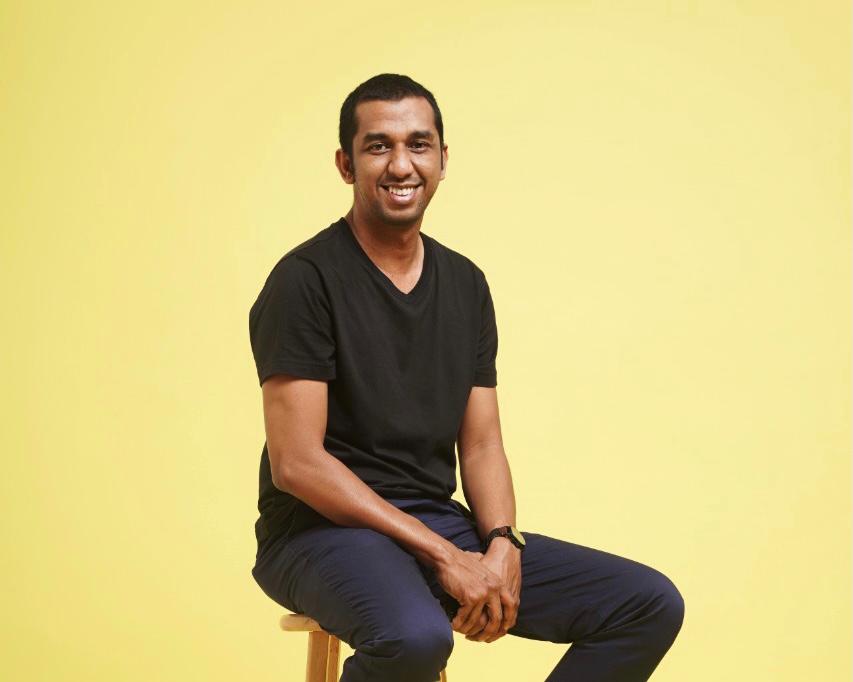Get to know the “E-Commerce Rollup” concept promoted by Hypefast
Hypefast has invested in 25 local brands and is supported by 250 talents in four countries
Generally at one point an online business is often hampered to grow. The issues are quite diverse, some have difficulty finding the right talent, additional capital, increased operations, and so on, so they need the right partners so that they can scale their business well. Achmad Alkatiri realized this need while working in several companies before finally starting Hypefast in January 2020.
Adopted concept hyperfast referred to as e-commerce rollup. More or less similar to what was developed by Thrasio, a US unicorn startup. Thrasio works by acquiring successful Amazon merchant brands, giving founderthe path exit profitable, then scale their products with the ecosystem they have built.
Why e-commerce rollup present
Thrasio template is quite successful applied by various startups in a number of countries. Thrasio, entering its third year, is now a $6 billion unicorn managing a global portfolio of 100 brands. They made $500 million in revenue and $100 million in profit over the past year.
Similar startups are Perch, Branded Group, and Elevate Brands. In India, things are more chaotic. There are Mensa Brands, GlobalBees, 10Club, Upscalio, Evenflow, Powerhouse91, and GOAT Brands Lab.
On the Southeast Asian scale, there is Una Brands from Singapore which also has a team in Indonesia. In Indonesia, apart from Hypefast, there are OpenLabs who just announced his presence.
Menurut 10Club Co-Founder and CEO Bhavna Suresh, one of the players e-commerce rollup India, the spread of the concept e-commerce rollup This is because it is supported by the increasingly mature e-commerce ecosystem. They act as new-age brand aggregators, acquiring promising D2C companies to ensure operational excellence and rapid growth, thereby creating value for investors.
This format is very different from the operations of traditional venture capital firms. VCs invest in all types of startups (both online and offline) and provide strategic guidance, but the founders are still the ones running them. On the contrary, the company e-commerce rollup acquire leads online, provide infrastructure assistance, and a team of experts to take business to new heights.

Not surprisingly, e-commerce rollup gained popularity because it provides unique opportunities for businesses looking for a way exit early without the hassle of fundraising and valuation. VC-backed startups often wait a long time to get the best price or good returns for investors.
Many online sellers and small-to-medium D2C brands face obstacles because they don't have a cohesive growth strategy despite selling great products. All these businesses can easily benefit from the model e-commerce rollup.
Suresh continued, starting a business is a continuous process that goes through several phases. From setting up operations to finding product-market fit to scaling and growing, each phase is part of an evolution that includes three fundamental pillars —people, process, and product.
These three pillars function in developing business. For example, when a company starts, the “people” part basically involves the team founder. In this stage, the individual juggles his many roles and goals of discovery product-market fit.
As businesses grow and operations become more specialized, each unit will need the right profile to carry out these tasks. According to Suresh, a business will stagnate and fail to reach its true potential if it is unable to make effective hiring decisions.
The second pillar is “process”. For D2C brands, this typically includes manufacturing, marketing, logistics, finance, and technical support. But, as a business scales and grows, it is important to set up new processes and optimize existing ones. Failure to put all the necessary processes in place will make the job difficult.
Finally, comes the “product”, the third pillar of growth. Suresh highlights the need for “change” to explore new areas/markets and stay relevant over time.
Keeping a sharp eye on new or even dormant trends is critical for businesses as they need to adapt quickly to maintain their customer base. Using strategic foresight to identify business opportunities is also critical for D2C brands operating in fast-changing and highly competitive consumer markets.
Maintaining these three pillars of growth is key to optimizing one's business, but growth will be difficult to achieve without access to appropriate funding. Again, capital investment in business has evolved over time.
In the beginning, there was individual wealth to develop one's business. Next comes all sorts of institutional lending, especially debt financing, followed by VC funding, an easier route to capital. Payment occurs through equity.
“Today comes the fourth pillar for growth — models rollup. But that only comes when there is a thriving ecosystem. And this is a testament to the growing D2C ecosystem in India that is enabling players like us to enter,” said Suresh.
Hypefast Development
Mad, Achmad's nickname, explains more simply how Hypefast works. He himself prefers to use the term house of ecommerce brands or e-commerce brand aggregator.
In the retail industry there are P&G and Unilever which create their brands from scratch, then there is MAP which licenses global brands to be managed under MAP to operate in local markets. Hypefast works like that, acquiring potential brands to develop further with the already built ecosystem.
“When we raise pre-seed rounds In Q4 2019, many investors asked who the Hypefast benchmark was overseas, so I answered that as far as I know, there wasn't one because at that time Thrasio was still stealth mode. But we stay go with that, until finally Thrasio appears and becomes a unicorn, this is a strong validation and good timing for us to grow faster," said Mad when contacted DailySocial.

Even though it operates by acquiring brands, the company retains brand founders in the management ranks to maintain strong relevance in the local market. From the start, Hypefast was designed as a startup whose expenditure always paid attention to business scalability and profitability. It is claimed that the company has reached the point of profitability.
Although not detailed, Mad said that the profit sharing between Hypefast and the brands had been made as fair as possible.
After acquiring a brand, they will enter the Hypefast ecosystem to increase their income in the most rational way, not by increasing marketing budgets and burning money by providing subsidies.
"Playbook we are always growing growth by the book, grow revenue in a way that sustainable. This is a form of our discipline to always maintain P&L and revenue positive because our main goal is not just to wake up scalable business, but also profitable. "
Rather than mentioning Hypefast as one e-commerce rollup/growth builder/venture builder, Mad prefers to identify Hypefast as growth partner for e-commerce native brands.
When targeting new brands, the Hypefast team will look at which brands are already achieving product-market fit and has high potential for sale abroad. The next condition, the brand have a minimum monthly income of IDR 500 million per month and have earned a profit, a minimum margin of 15% of income and the majority of turnover comes from online channels.
The scope of the brand being targeted is not only from Indonesia, but has also spread to Malaysia, Singapore and Thailand, considering that Hypefast already has a local team there. Later, the local team will be responsible for all transactions that occur within the Hypefast portfolio, which utilizes popular digital platforms used by consumers in the country.
"To prove that the brand is strong, we also look at whether their revenue has started to stabilize at least in the last 12 months. Not only that, focus on looking for founders who have a level of ambition to grow together because we are looking for this partnerships for grow the growth. "
The ticket size provided by Hypefast for each of its portfolios is up to $10 million. Not only fresh funds, founders will also be connected to the Hypefast retail ecosystem end-to-end. The operational process will be centralized with warehouse, procurement, cross border facility, to marketing, and got Hypefast's dedicated team to ensure the business can run more efficiently.
"Cross border facility we are preparing this for brand so they can be used together. We are one because all operations are carried out together. Warehouse they will be moved to Hypefast to be more efficient because our capacity is greater. We do all this because of the moment invest to the brand, we are upgradetheir business fundamentals. "
According to Mad, the presence of facilities cross border This keeps the online shopping experience localized for consumers across each brand. Delivery can be done quickly, without having to wait for it to be sent from the brand's country of origin.
Next plan
In the future, D2C local brands will remain an attractive segment in the development of the e-commerce industry, especially as e-commerce penetration continues to show an increasing trend in Indonesia. Referring to the 2021 e-Conomy report, e-commerce will remain the biggest driver of the digital economy in this country. This sector is predicted to grow from $35 billion in 2020 to $53 billion in 2021. The CAGR of this sector is projected to rise 18% to $104 billion by 2025.
"We see that more and more new brands are starting to emerge, not only is the number of players increasing, but the number of consumers is also increasing. "This happens because they bring something that consumers are looking for and of course this has a positive impact."
The business that Hypefast is eyeing to acquire is currently engaged in lifestyle categories, such as fashion, health and beauty, personal care, and accessories. So far the majority of its portfolio operates in the fashion industry, there are more than 25 brands.
Some of the names are Noore, Bonnels, Motiviga, Monomom, Nona, and Nona Nara. Recently the company announced a partnership with Cosmax Indonesia, marking the company's entry into the beauty and health industry.
Cosmax Indonesia has strengths in the field of innovation and beauty research, supported by a product research and development team, production capacity reaching up to 110 million units, and manufacturing facilities covering an area of 13.890 square meters. They work with local beauty brands and multinational companies with an integrated network, infrastructure capabilities that provide responsive solutions and thousands of innovative formulations.
"For brand outside Indonesia, it is still in the final discussion stage. There are some that are already at the signing stage, there are still many that are still under discussion. These are all categories lifestyle sebagai core we."
The company will invest in at least 15 local health and beauty brands next year, with a funding target of up to IDR 50 billion per brand.
In support of the company's targets, Hypefast will increase its talent pool to 1.000 people over the next one to two years. Currently the company's talents number 250 people spread across four countries.
“Talent is an important factor in our growth. Hypefast is looking for individuals who passionate in e-commerce brands, especially in Indonesia. "We will do many things together," concluded Mad.
To date, Hypefast has raised $22 million in equity funding as well as additional funding debt with an undisclosed number of leading investors in Southeast Asia and the world. Investors backing Hypefast include Monk's Hill Ventures, Jungle Ventures, and Strive.
Sign up for our
newsletter
 Premium
Premium
